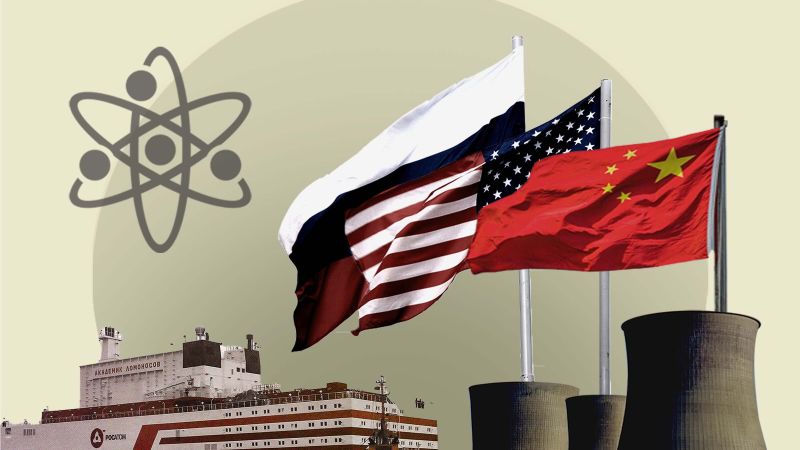Off the Siberian coast, not far from Alaska, a Russian ship has been docked at port for four years. The Akademik Lomonosov, the world’s first floating nuclear power plant, sends energy to around 200,000 people on land using next-wave nuclear technology: small modular reactors.
This technology is also being used below sea level. Dozens of US submarines lurking in the depths of the world’s oceans are propelled by SMRs, as the compact reactors are known.
SMRs — which are smaller and less costly to build than traditional, large-scale reactors — are fast becoming the next great hope for a nuclear renaissance as the world scrambles to cut fossil fuels. And the US, Russia and China are battling for dominance to build and sell them.



Except long distance power transmission losses are not minimal. Depending on many factors, losses can easily be in the 5% - 10% range. With the amount of energy going through those wires, that’s HUGE. The additional complexity and inefficienies of relay stations, all add up. Having worked in the power sector for nearly a decade, I knew engineers who were celebrated in being able to squeeze an improvement of tiny fractions of % efficiency, as that resulted in millions of dollars saved throughout the year.
Electricity from HydroQuebec comes from hydro dams in the north (James Bay and Churchill, Labrador) of the province to interties at the US border. They’re using 735kV and 765kV AC for their long runs.
In my own province of Manitoba, there are three sets of high voltage direct current (450kVdc) lines that go between 900kms and 1300kms to population centres and the US border. The first one built in the early 1970s.
There are a number of HVDC lines in the US too, California has some that have been in service for 50+ years.
Are you referring to AC or HVDC?